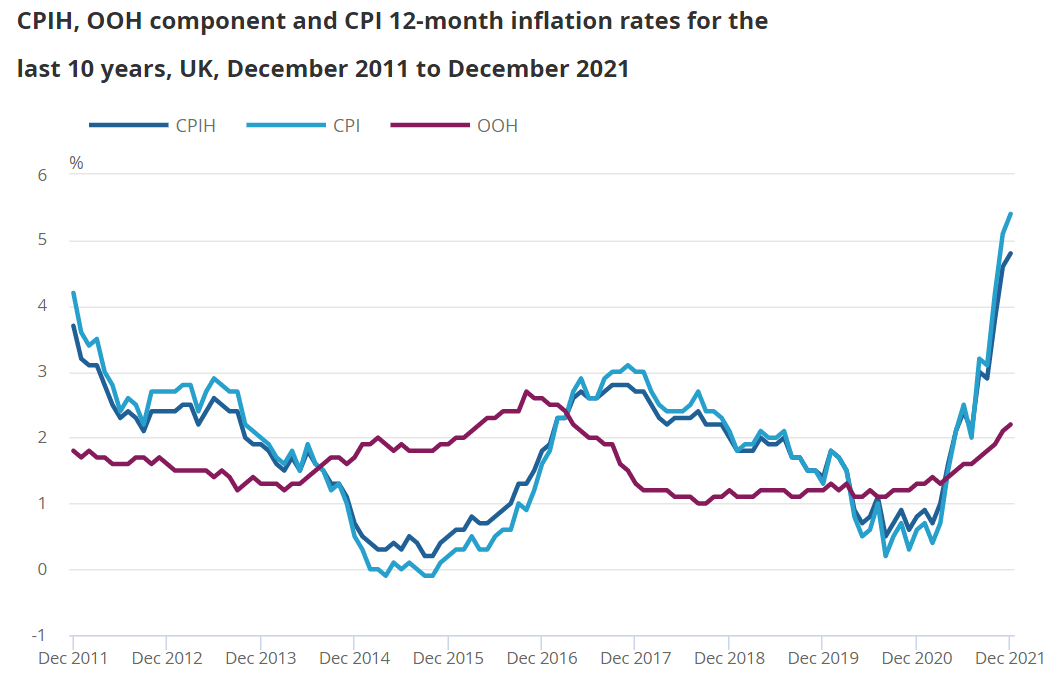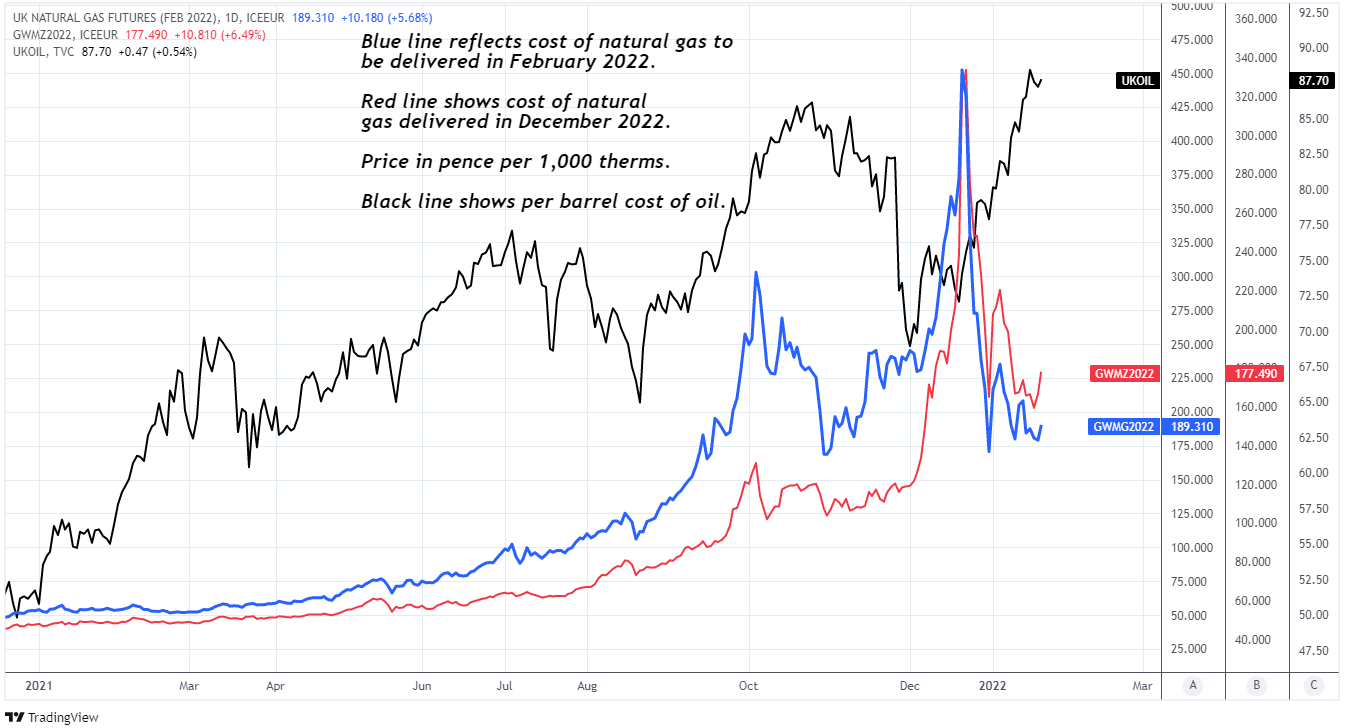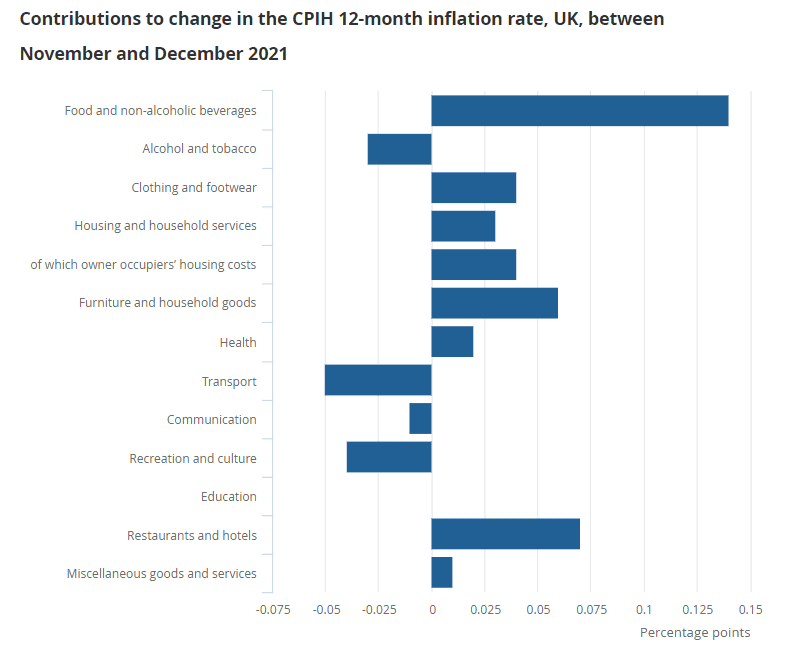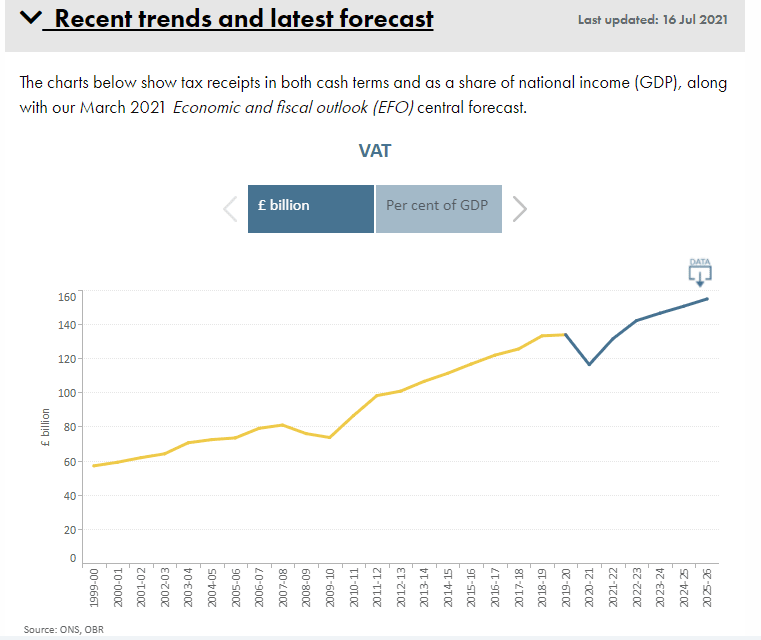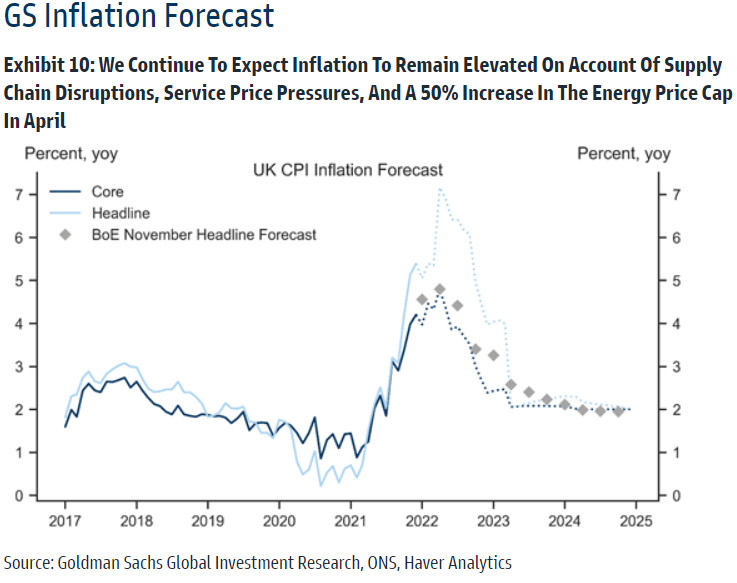Why only a VAT Cut Can Halt a Cost of Living Crisis
- Written by: James Skinner
- Rising inflation see HM Treasury looking for solutions
- Temporary VAT cuts could immediately reduce prices
- Reduction from 20% to 15% could cost up to £38BN
- Mooted £500 handouts would fail to address problem
- Cuts to energy price VAT alone likely to be ineffective

Image © Adobe Images
Inflation has reached 5.4% and its strongest since 1992, creating additional hardship for households and prompting calls for HM Treasury to intervene, although it’s possible that few interventions would match the effectiveness of temporary, well-timed and targeted reductions in Value Added Tax (VAT).
Office for National Statistics figures revealed on Wednesday that UK inflation rose from 5.1% to 5.4% during December in continuation of a recent trend that could lift annual price growth to six percent or more this year, according to last month’s forecasts from the Bank of England (BoE).
“Bank staff expect inflation to remain around 5% through the majority of the winter period, and to peak at around 6% in April 2022, with that further increase accounted for predominantly by the lagged impact on utility bills of developments in wholesale gas prices,” the BoE said last month.
Rising inflation is a financial burden for households and one that is set to grow further if the Health and Social Care Levy and the planned increase in National Insurance contributions from workers go into effect later this year, after being announced in September 2021.
Source: Office for National Statistics.
This has led to calls from within the governing Conservative Party for increases in tax rates to be scrapped and has also prompted the parliamentary opposition to suggest temporarily removing the five percent VAT tax on energy bills.
But the rub for households is that each of those targeted measures would do very little, if anything at all, to bring down the rate of inflation on their own and even when combined together.
“The reduced rate is 5 percent and is applied to domestic fuel and power, children’s car seats and some other goods. Around 3 percent of expenditure is taxed at this reduced rate,” the Office for Budget Responsibility (OBR) says, referring to the overall share of households’ total spending.
There are now many factors lifting inflation in the UK although a vast majority of them were derived initially from the side effects of global Covid lockdowns.
Another measure reported to be under consideration by HM Treasury is a one-off commiseratory grant of up to £500 for each household, which would be intended to partially cover the initial cost of energy bills that would increase significantly when the energy price cap is lifted in April.
This price cap and the increased costs faced by providers has led the government to contemplate offering taxpayer support to the energy industry through loan guarantees and subsidies.
“For firms, 2021 exposed them to significant cost-push factors including increasing costs of shipping and raw materials, export-related costs, rising wholesale energy prices and increasing wage pressures (arising from both staff shortages and underlying wage pressures such as minimum wage increases),” said Catherine Mann, one of nine members of the BoE’s interest rate setting committee, in a recent speech.
More effective than any of the so-far proposed measures would be temporary reductions to VAT tax rates on the goods featured within the consumer price index, given that the problem is one of inflation in more than just household energy and fuel bills.
Above: Contributions to CPIH measure of inflation (different to and marginally lower than CPI measure) Source: Office for National Statistics.
“Given it takes around 12-18 months for the full impact of an increase in rates to be realised in the economy, inflation is expected to continue to rise in the short-term. This will provide no respite to households being squeezed by rising prices and falling real wages,” said Hannah Audino, an economist at PwC UK, in response to December’s inflation number.
“High inflation is one of the biggest risks to the UK’s economic recovery this year,” she adds.
VAT is a tax charged on the sales of most goods and services and the standard rate of 20% is applied to items accounting to around half of all households’ spending, according to the Office for Budget Responsibility.
“Taxes on different forms of consumer spending provide the second biggest source of revenue for government, with VAT (value added tax) by far the biggest of those. In 2019-20 VAT raised £134 billion (this measure of VAT excludes refunds of VAT made to certain public sector organisations). That represented 16.2 percent of all receipts and was equivalent to around £4,700 per household and 6.0 percent of national income,” the OBR says.
Temporarily reducing the standard rate of VAT from 20% to 15%, for instance, would immediately shave five percentage points off around half of the prices paid by households while serving to reduce the rate of inflation in a way that may even be beneficial to HM Treasury in the longer run, if by doing so the measure leads to a lesser overall increase in the Bank of England’s benchmark interest rate.
Source: Office for Budget Responsibility.
“We look for a 50% increase in the energy price cap in April, whose effect will likely only be partially offset by a temporary cut in the VAT rate on energy bills from 5% to 0%,” says Christian Schnittker, an economist at Goldman Sachs.
“Given the upside surprise in the December data, we revised up our forecast and expect core and headline inflation to peak at 4.8%yoy and 7.2%yoy respectively in April and expect headline inflation to remain above 4% until the end of the year,” Schnittker wrote in response to Wednesday’s data.
Deployment of VAT tax cuts as an inflation-fighting tool is currently being tried by the government of Poland.
The few economists who’ve criticised the strategy have done so mainly because of the uplifting effect that a restoration of the original tax rate would later have on inflation, although this is something that could potentially be mitigated by a phased return to the original rate of tax.
Based upon 2019’s level of receipts, a reduction of the standard VAT rate from 20% to 15% would cost up to £38.75BN, an amount equal to almost two percent of GDP.
This is a far larger cost than an estimated minimum (Pound Sterling Live calculation) bill of £8.3BN that would likely be incurred if HM Treasury chooses to provide likely-ineffective grants of up to £500 for each household.
